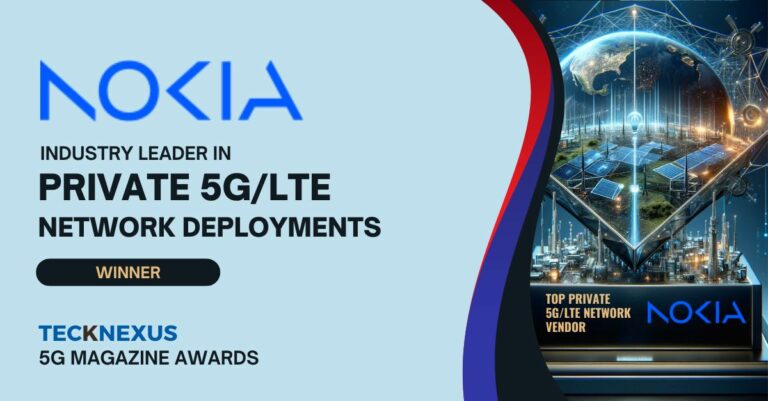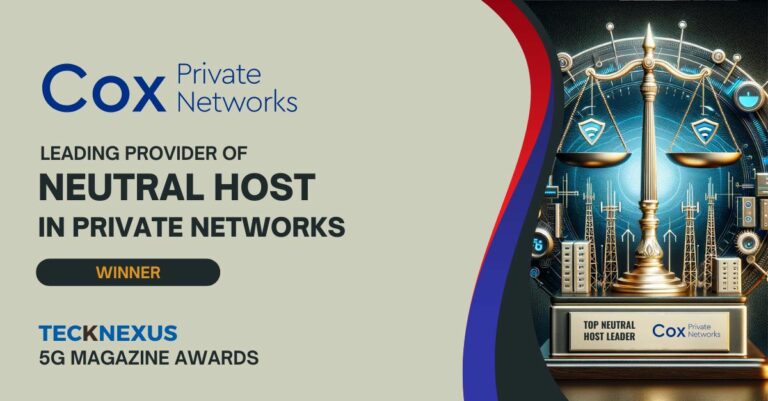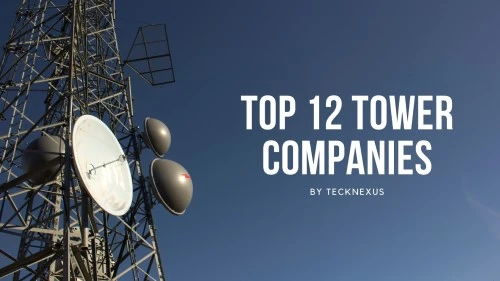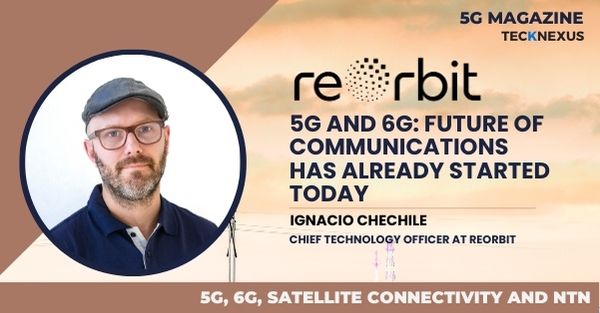Boeing Satellites, a division of Boeing, specializes in designing, constructing, and launching satellites for a diverse clientele, including government entities, commercial operators, and satellite companies. Renowned for crafting high-quality, reliable satellites utilized across various applications, Boeing Satellites plays a pivotal role in communication, navigation, Earth observation, and government and defense sectors. Their communication satellites, encompassing GEO, LEO, and MEO satellites, facilitate broadband internet, video broadcasting, and mobile satellite services. The division also constructs navigation satellites utilized in industries like transportation and logistics, and Earth observation satellites that monitor environmental and climatic conditions, aiding sectors like agriculture and forestry. Furthermore, Boeing Satellites develops satellites for government and defense applications, serving agencies like the United States Department of Defense and NASA, and supporting functions such as intelligence, surveillance, and reconnaissance.
- Industries Supported: Telecommunications, media and broadcasting, transportation, logistics, government and defense
- Satellite Types: GEO, LEO, MEO
- Spectrum Used: Ka-band, Ku-band, C-band, L-band
- Services Offered: Telecommunications, media and broadcasting, transportation, logistics, government and defense
Conclusion
The landscape of the satellite industry, as illustrated by the achievements and goals of these diverse organizations, showcases a blend of innovation, strategic partnerships, and technological breakthroughs. From SpaceX’s Starlink providing unprecedented internet access, to the synergistic fusion of Eutelsat and OneWeb, and the ambitious visions of Amazon’s Project Kuiper, each initiative is redefining what is possible in global connectivity. Companies like SES, Viasat, Intelsat, Telesat, and Iridium continue to push the boundaries of satellite communication, while EchoStar and Boeing Satellites exemplify the fusion of legacy and innovation. These developments not only highlight the advancements in satellite technology but also underscore the growing significance of space-based services in addressing contemporary challenges and shaping the future of global communication.



























































